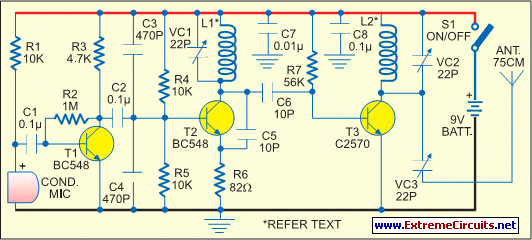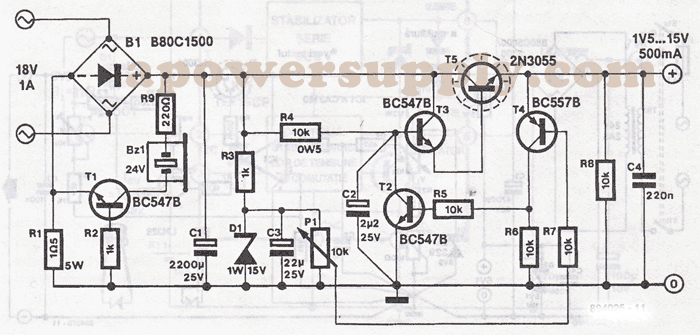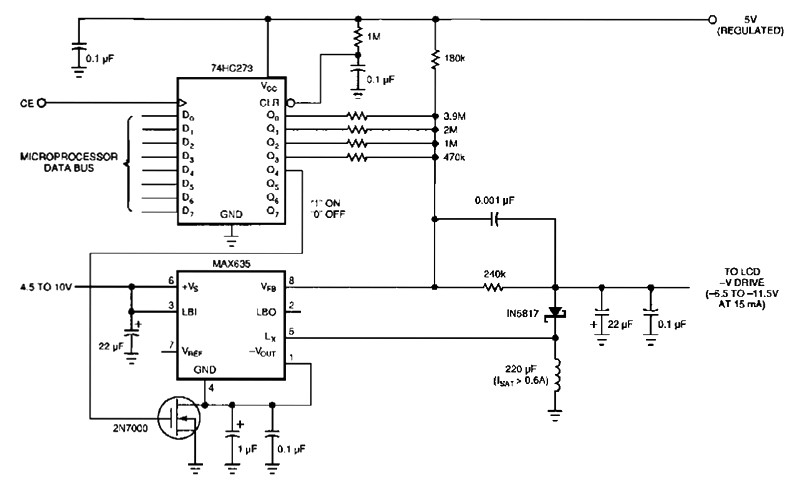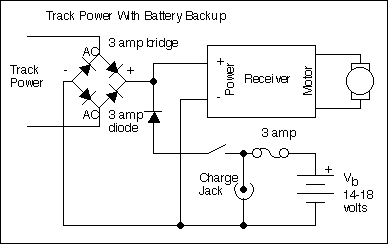
Power Management
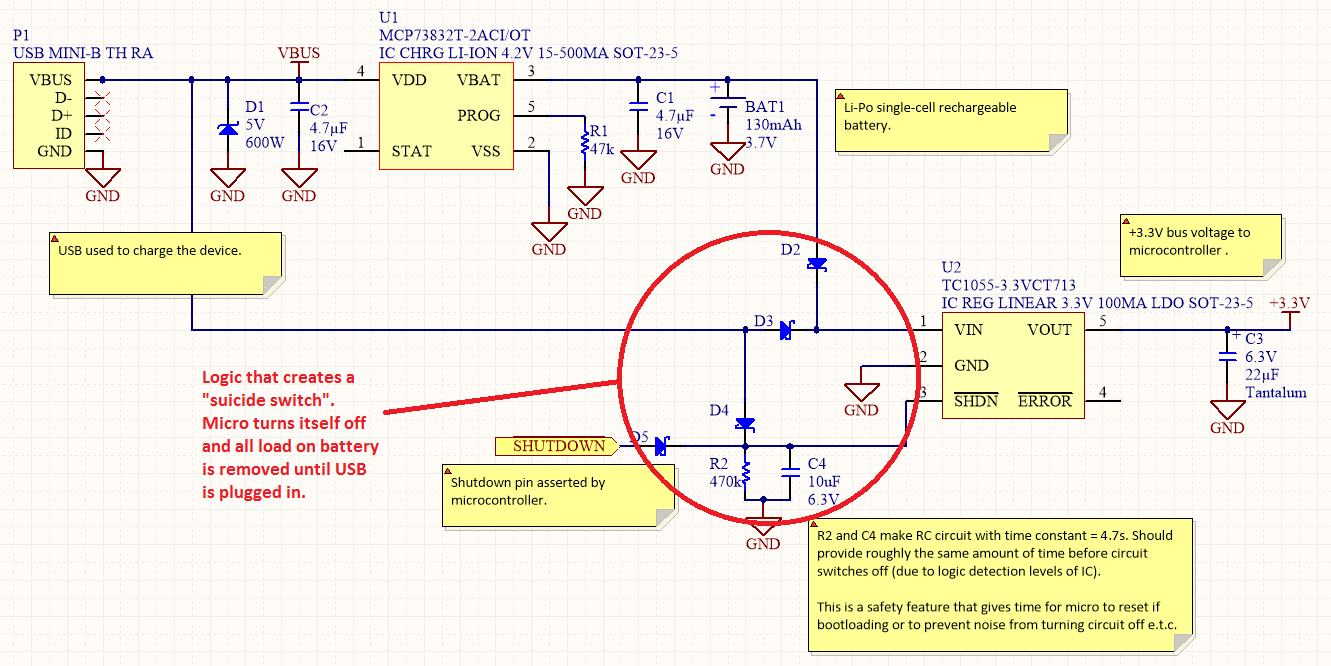
Overview Disabling Sections of a Circuit The "Suicide Switch" Overview Power management is a significant design consideration for battery-powered devices.
Power management is a crucial aspect of circuit design, particularly in battery-powered applications where energy efficiency directly impacts the operational lifespan of the device. The concept of disabling sections of a circuit, often referred to as a "suicide switch," involves selectively turning off parts of the circuit to conserve power when those sections are not in use. This technique can significantly extend battery life by minimizing energy consumption during idle periods.
In practical applications, a suicide switch can be implemented using a combination of transistors, relays, or MOSFETs to control the power supply to various components. The switch can be activated through a control signal, which may come from a microcontroller or other logic circuits. When the control signal indicates that the device is in a low-power state, the suicide switch disconnects the power supply to non-essential components, effectively placing them in a dormant state.
This approach not only enhances the overall energy efficiency of the device but also reduces heat generation and prolongs the lifespan of electronic components. Designers must carefully consider the timing and logic for activating and deactivating the suicide switch to ensure that critical functions are maintained while optimizing power usage. Additionally, incorporating feedback mechanisms can help monitor the state of the circuit and make adjustments as necessary to improve performance and reliability.
Overall, the implementation of a suicide switch in circuit design serves as an effective strategy for managing power consumption in battery-operated devices, thereby enhancing their functionality and user experience.Overview Disabling Sections Of A Circuit The ""Suicide Switch"" Overview Power management is a big design consideration of battery powered and. 🔗 External reference
Power management is a crucial aspect of circuit design, particularly in battery-powered applications where energy efficiency directly impacts the operational lifespan of the device. The concept of disabling sections of a circuit, often referred to as a "suicide switch," involves selectively turning off parts of the circuit to conserve power when those sections are not in use. This technique can significantly extend battery life by minimizing energy consumption during idle periods.
In practical applications, a suicide switch can be implemented using a combination of transistors, relays, or MOSFETs to control the power supply to various components. The switch can be activated through a control signal, which may come from a microcontroller or other logic circuits. When the control signal indicates that the device is in a low-power state, the suicide switch disconnects the power supply to non-essential components, effectively placing them in a dormant state.
This approach not only enhances the overall energy efficiency of the device but also reduces heat generation and prolongs the lifespan of electronic components. Designers must carefully consider the timing and logic for activating and deactivating the suicide switch to ensure that critical functions are maintained while optimizing power usage. Additionally, incorporating feedback mechanisms can help monitor the state of the circuit and make adjustments as necessary to improve performance and reliability.
Overall, the implementation of a suicide switch in circuit design serves as an effective strategy for managing power consumption in battery-operated devices, thereby enhancing their functionality and user experience.Overview Disabling Sections Of A Circuit The ""Suicide Switch"" Overview Power management is a big design consideration of battery powered and. 🔗 External reference
